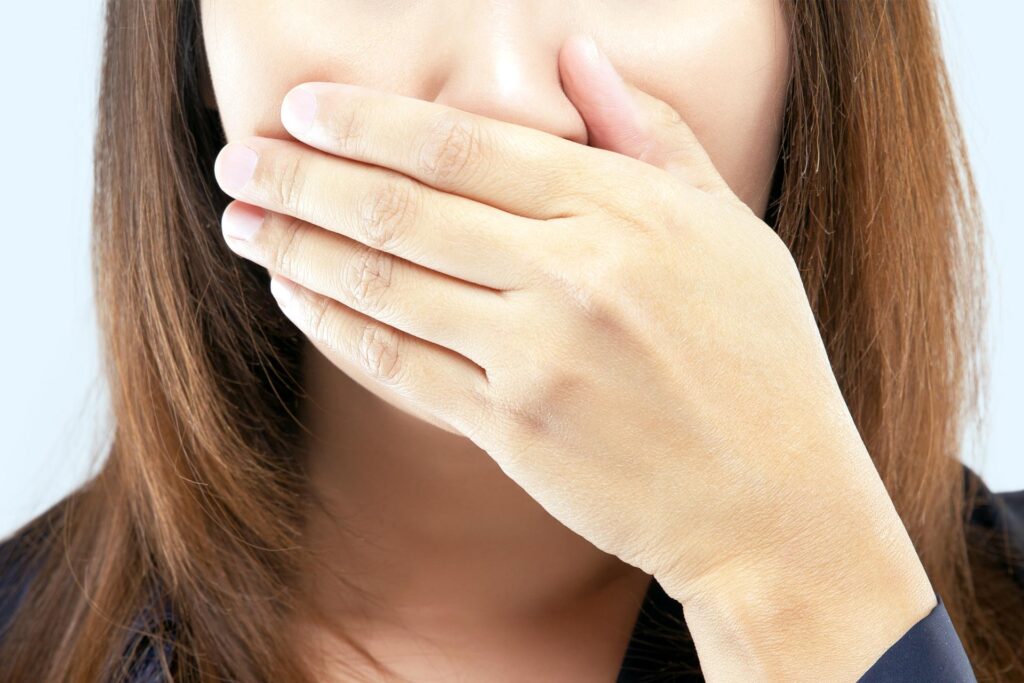
Bad odour emitted from the mouth and nose is called bad breath, also known as halitosis. Bad odours that affect the person himself/herself and his/her environment reduce the quality of life by creating problems in work and social life.
Although the main cause of bad breath is the oral cavity, it can also occur due to various diseases in the respiratory, digestive and excretory systems.
In order to treat bad breath, the diagnosis must first be made correctly. Since the odours that occur after the consumption of some foods such as onion, garlic and cauliflower are short-term, they do not affect permanent bad breath.
The oral cavity provides suitable environmental conditions for the growth of bacteria in terms of temperature and humidity. If the pH balance in the mouth becomes basic, an increase in odour is observed. Odours originating from the oral cavity are usually caused by dental restorations and tongue.
There are many odour-causing compounds on the tongue surface. Mostly volatile sulphur compounds are the source of bad breath, but different amounts of volatile organic compounds also cause odour.
Problems such as diseases of the teeth and gums, gingivitis, incorrectly made bridge prostheses, wisdom teeth, dental fillings, oral infections, inadequate or incorrect oral care, dry mouth, alcohol, smoking cause bacteria concentration on the back of the tongue and cause oral cavity odours. In addition, the bacterial density that starts on the back of the tongue and spreads by attaching to these areas through diseases in the ear, nose and throat further aggravates the odour.
Volatile gases caused by gastritis, ulcers, constipation, intestinal parasites in the digestive system also come into the mouth and cause bad odour.
The decreasing amount of saliva while sleeping causes bacteria to multiply, thus causing odour formation on the tongue surface. Bacterial plaques on the surface of the tongue can be easily cleaned by mouth rinsing, tongue brushing and increased saliva. Since tongue brushing can be done in the front and middle areas of the tongue, it cannot prevent odour formation in the back of the tongue.
Mouthwashes used to prevent bad breath should be alcohol-free and weakly acidic. On the other hand, oral care products with basic properties are recommended to prevent dental caries. Therefore, for the health of the whole mouth, bad breath treatment should be provided under the control of a dentist.
Bad breath contains a mixture of many odours. In order to diagnose the most dominant component in the odour, a halimeter gas detector device is used for volatile gas detection. The halimeter makes measurements with gas sensors placed inside for the type of gas to be measured. Although it cannot determine all gases in the odour, it is generally preferred for the diagnosis of gases that cause odour. Biological examination of saliva samples also provides information about the source of odour.
X-rays are taken during the examination by the dentist to assess tooth and gum health and the soundness of dental restorations. Gas values and saliva biological examination obtained as a result of measurements taken at regular intervals with a halometer are examined. If the patient has oral odour formation, the dentist arranges the treatment planning by deciding according to the evaluation and measurements. If there is a non-oral odour formation, the patient is referred to the physician in the relevant field.





